Named after Persian polymath Omar Khayyam (1048–1131), the joint-project "Khayyam" satellite was put into orbit by a Russian Soyuz rocket from the Baikonur space station in Kazakhstan at 10:22 local time on August 9, 2022.
The "Khayyam" satellite was launched from a station in Kazakhstan in cooperation with Russia.
The Khayyam satellite was launched by Soyuz rocket from Kazakhstan Baikonur Cosmodrome.
The first signals from Khayyam Satellite were received at Iran's Mahdasht Space Station which is in charge of controlling the satellite about 90 minutes after it was launched from Kazakhstan's Baikonur Cosmodrome.
According to the initial assessments of technicians at that station, all the systems in Khayyam are functioning properly.
After analyzing the telemetric data received from the satellite it was made clear that all its systems are functioning exactly as programmed and that the satellite's situation is in its ideal orbit.
“Khayyam” is a sensing type with high imaging accuracy that is capable of shooting from the earth's surface in different visual spectrums with a resolution of one meter.
The Iranian Space Agency, in a statement, said the satellite will be fully controlled by Iranian experts and technicians “from the first day” of its launch. “No other country will have access to such information, and rumors about using satellite images for another country's military purposes are false,” the agency added.
The satellite will help improve productivity in agriculture, survey water resources, manage natural disasters, confront deforestation, and monitor border areas and mining explorations.
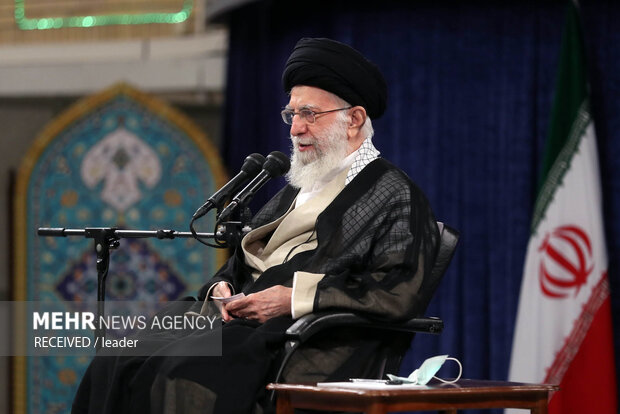
On February 4, 2009, Islamic Revolution Leader Ayatollah Sayyed Ali Khamenei in a statement thanked the Iranian aerospace researchers for their latest accomplishment in launching a domestically-built satellite named Omid (hope) into orbit.
Also, on April 28, 2010, the Leader pointed to Iranian scientific development in stem cells and aerospace technology and said Iran is one of the few countries having such technology, achieved amid sanctions and without the assistance of others.
Ayatollah Sayyed Ali Khamenei, on several occasions, has praised and supported conducting research and making discoveries in the field.
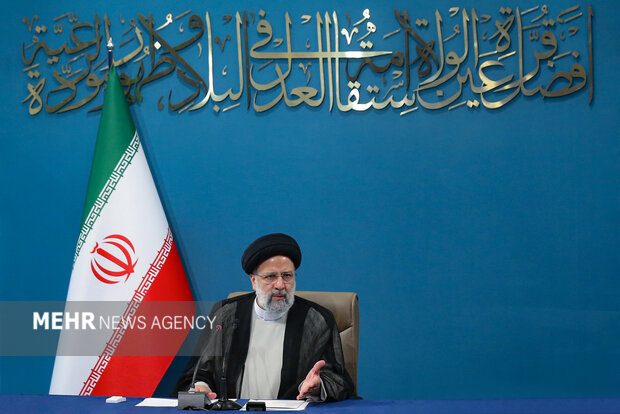
Iranian President Ebrahim Raeisi described the successful launch of the Khayyam satellite into orbit and receiving of telemetry data from the indigenous satellite by the Iranian experts as a source of pride and power.
In the future, the country will witness new space achievements, he further noted.
Speaking in a Cabinet meeting on March 13, 2022, President Raeisi Referred to the successful launch of the other Iranian Satellite named “Noor”, President Raeisi termed a significant move taken by scientists of the country in achieving advanced technology “very valuable and honorable” and said that achieving this technology is one of the manifestations of national authority.
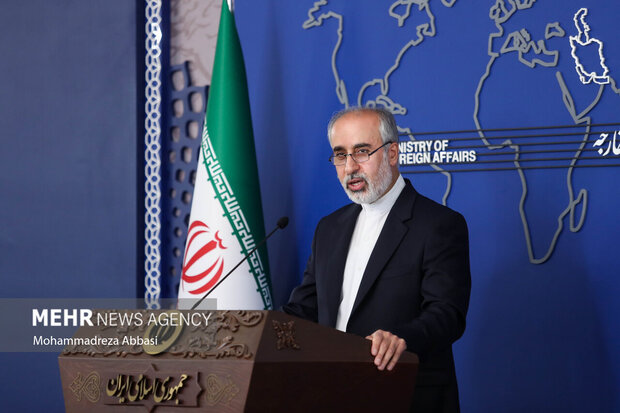
The launch of the "Khayyam Satellite" into space, according to the Iranian Foreign Ministry spokesman, was another golden page in the history of the Islamic Republic's scientific triumphs.
Nasser Kan’ani responded to the launch of the Khayyam satellite in a tweet on Tuesday with the hashtag #The-Strong-Iran, saying that it was the latest accomplishment of Iranian space scientists for peaceful purposes and another illustrious chapter in Iran's proud scientific history.
The spokesman for the Foreign Ministry stated that despite the adversaries' pressure and harshest sanctions, the Islamic Republic’s scientific and technical prowess continues on its shining path.
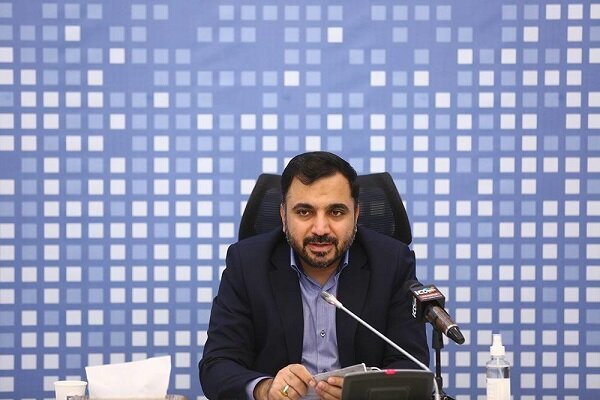
The Iranian Space Agency will continue its scientific and technological collaboration with nations that are pioneers in the space business, according to Issa Zarepour.
Communications and Information Technology Minister Issa Zarepour said launching the Khayyam satellite will usher in strategic cooperation between Iran and Russia in the space industry which will be continued until indigenizing space technology.
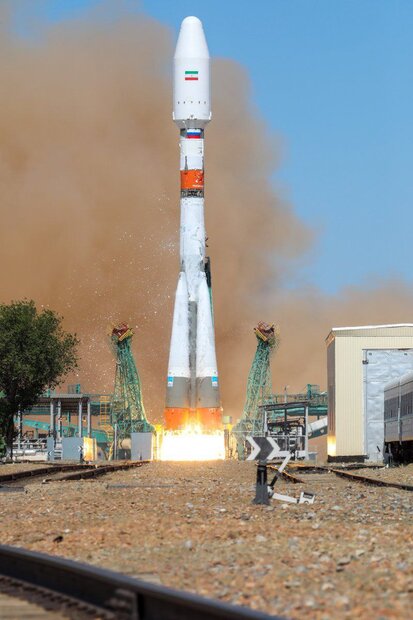
Iran launched its first satellite Omid (Hope) in 2009 and its Rasad (Observation) satellite was sent into orbit in 2011.
In June 2020, a spokesman for the Iranian defense ministry, Seyyed Ahmad Hosseini, said that the Zoljanah satellite launch vehicle has been tested again for research purposes.
Zoljanah, also spelled Zuljanah, was made by the Ministry of Defence and Armed Forces Logistics and was unveiled on 1 February 2021.
Also, IRGC Aerospace launched the 'Noor-2' Satellite by the domestically-built launcher Qassed (messenger) on March 8, 2022, and placed it into orbit at an altitude of 500 km. The mission of the satellite is reconnaissance, and it was placed in orbit after 480 seconds at a speed of 6.7 km/s.
***Iran and Russia's cooperation in aerospace
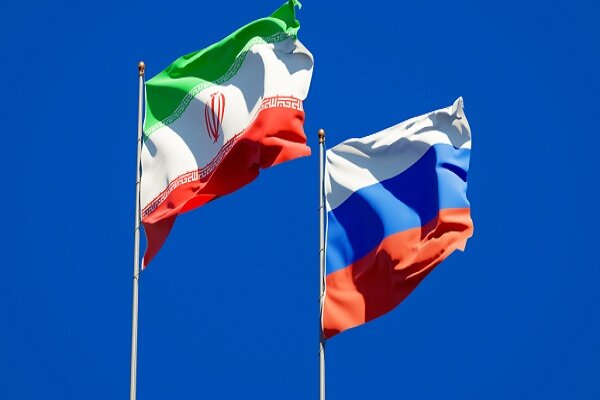
Iran and Russia have good capacities for broadening aerospace cooperation and both countries should use this opportunity.
Iran has many capacities in air industries in terms of manpower, airport equipment products, and aircraft repair and maintenance.
Designing 150-seat passenger planes started several years ago in Iran and in the construction of airplane engine parts.
Russia is one of the prioritized countries for scientific and technological relations with Iran. Since 2016, various specialized working groups formed by the two countries in the fields of space, aerospace, cognitive sciences, biotechnology, nanotechnology, university cooperation, mega-science, information technology, energy, and regional cooperation.
During the last 5-6 years, the capacity for international interactions has been considered by Iran and Russia, and this cooperation has expanded by forming bilateral agreements through inter-sectoral coordination.
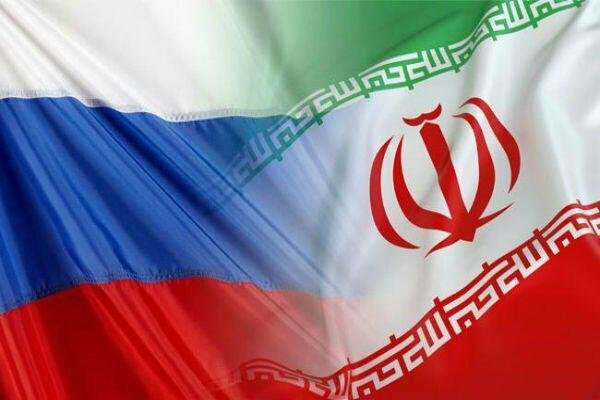
Tehran and Moscow have signed documents to expand cooperation in the fields of communications and information technology. In July, Zarepour and Russian Digital Development, Communications, and Mass Media Minister Maksut Shadayev agreed to develop relations in digital services, communications, software, hardware, and telecommunications.
Meanwhile, the Iran-Russia Joint Technology Center was established in May at St. Petersburg Polytechnic University with the aim of implementing joint projects and developing bilateral technological cooperation.
The launch of the satellite marks a watershed moment in Russia-Iran collaboration, according to Russia's State Space Corporation Roscosmos chief Yury Borisov.
"The successful launch of the satellite for and an order from Iran has become a landmark event in the Russia-Iran bilateral cooperation that paves the way for implementing new and more dimensional projects," he said.
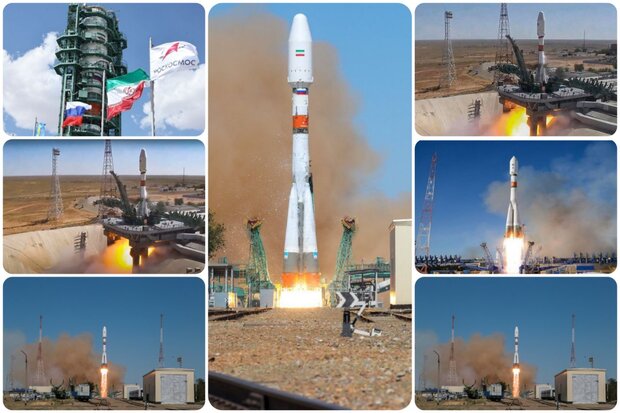
On August 11, 2020, Iranian Government Spokesman Ali Bahadori Jahromi said that Iran intends to build three more versions of the Khayyam satellite.
Saying that the stabilization of the Khayyam satellite was done successfully, Bahadori Jahromi wrote in a tweet that Iranian knowledge-based companies will use imagery and data received by the Khayyam in various spheres.
The building of three more versions of the Khayyam satellite with the participation of Iranian scientists is on the agenda of the administration, he added.
In terms of the satellite manufacturing industry, Iran can now design and build remote sensing satellites with imaging accuracy of 5 to 10 meters and is on its way to designing and manufacturing satellites with imaging accuracy of one meter or lower.
It goes without saying that Iran will continue to expand its space programs despite the oppressive illegal sanctions imposed by the US and the West.
Reported by Amin Mohammadzadegan Khoyi

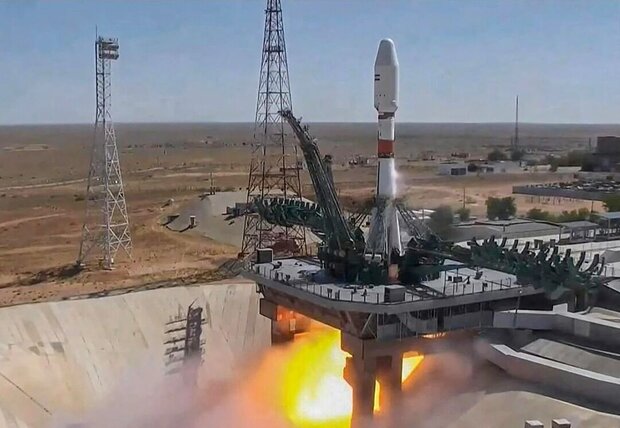
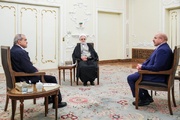
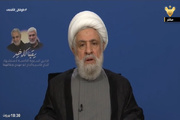
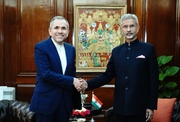


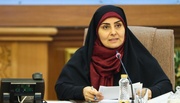
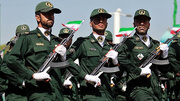
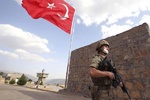
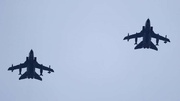
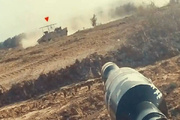


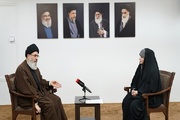






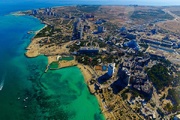
Your Comment